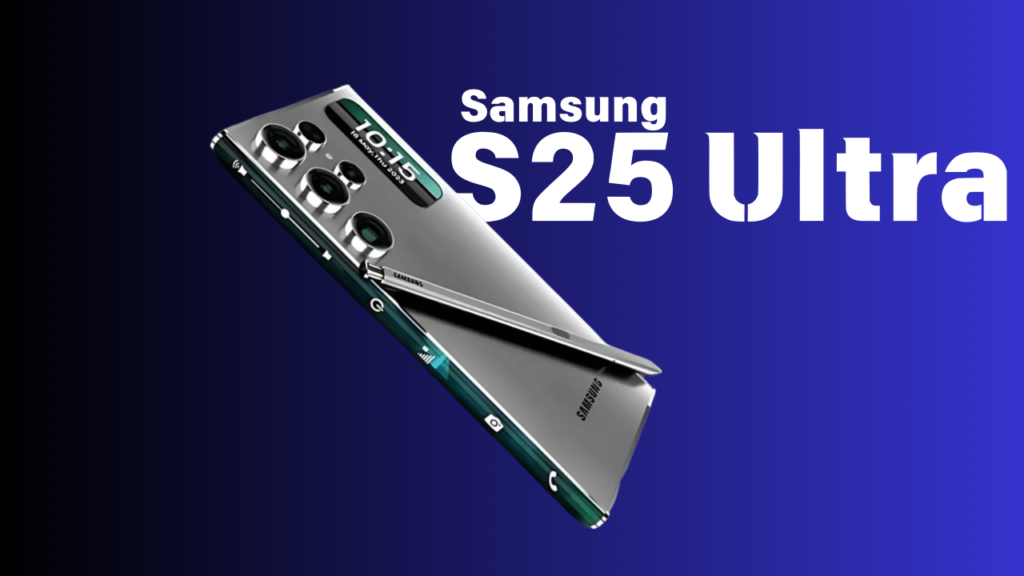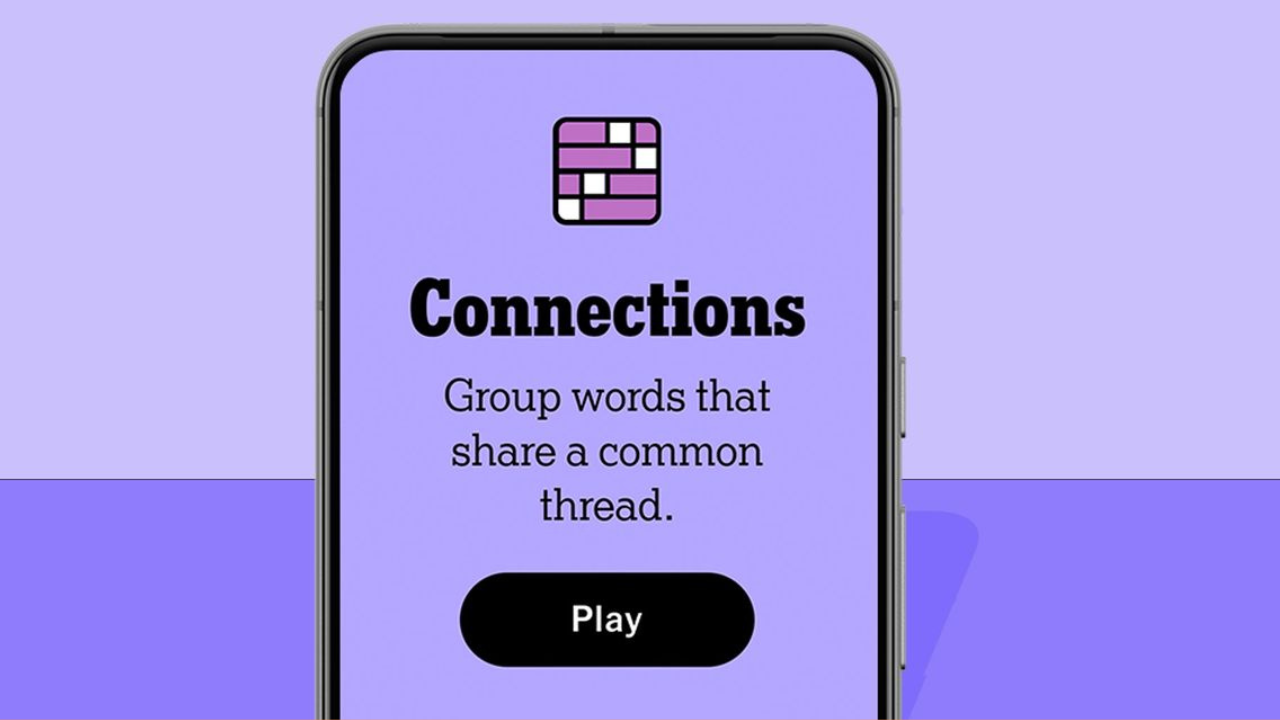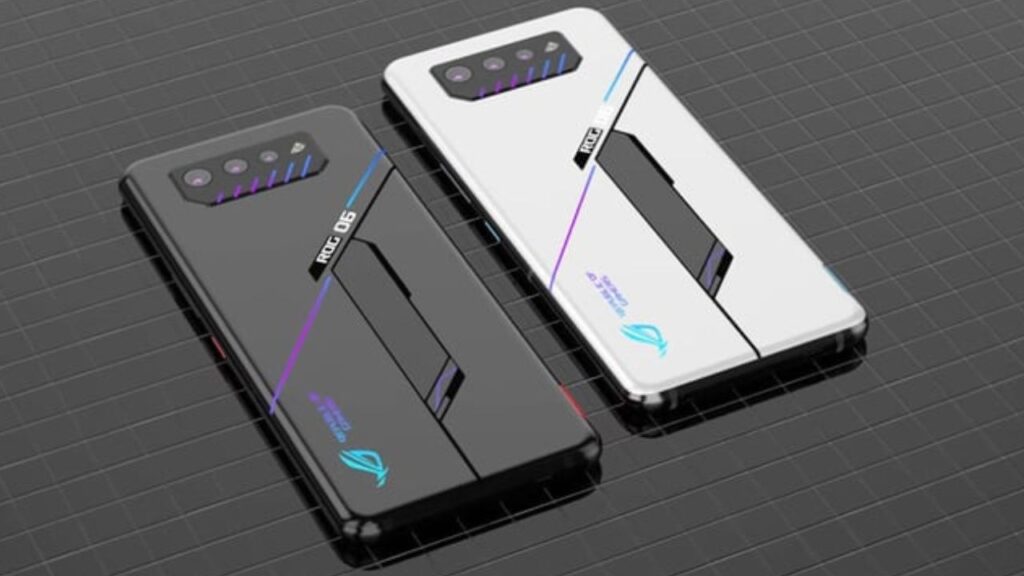Samsung has always pushed the boundaries when it comes to screen size, and the Galaxy S25 Ultra seems poised to continue this trend. While the 6.8-inch display on the Galaxy S24 Ultra already commands attention, the upcoming Galaxy S25 Ultra is rumored to inch even closer to the 7-inch mark with a 6.86-inch screen.
This slight increase in display size might not sound like much at first, but the real innovation lies in the design improvements accompanying it. Ice Universe, a well-regarded source for Samsung leaks, suggests that Samsung will shrink the phone’s bezels, leading to a more compact overall design despite the larger screen. This refined design approach is expected to reduce the phone’s width to 77.6mm, a noticeable decrease from the current 79mm on the S24 Ultra. To put this into perspective, the rumored width of Apple’s iPhone 16 Pro Max, which is also anticipated to have a 6.9-inch display, aligns closely with these dimensions.
The potential for a narrower frame with the Galaxy S25 Ultra is significant, especially considering the screen portion is rumored to be 73mm wide, slightly more than the 72.3mm on the S24 Ultra. This design choice could enhance the phone’s ergonomics, making it easier to handle despite its size.
It’s important to approach these rumors with a degree of skepticism, as even credible leaks can sometimes miss the mark. That said, the information aligns well with the general trend in smartphone design, where the competition between Samsung and Apple drives innovation.
In addition to the larger display and slimmer profile, reports have surfaced that Samsung might adopt rounded corners for the Galaxy S25 Ultra. This design shift, combined with the reduced bezels, could make the device not only more visually appealing but also more comfortable to use, despite its considerable size.
With the Galaxy S25 Ultra expected to launch in early 2025, there’s still some time before we see if these rumors come to fruition. However, if the leaks hold true, Samsung’s next flagship could set a new standard in smartphone design, balancing a larger screen with a sleeker, more user-friendly form factor.




















